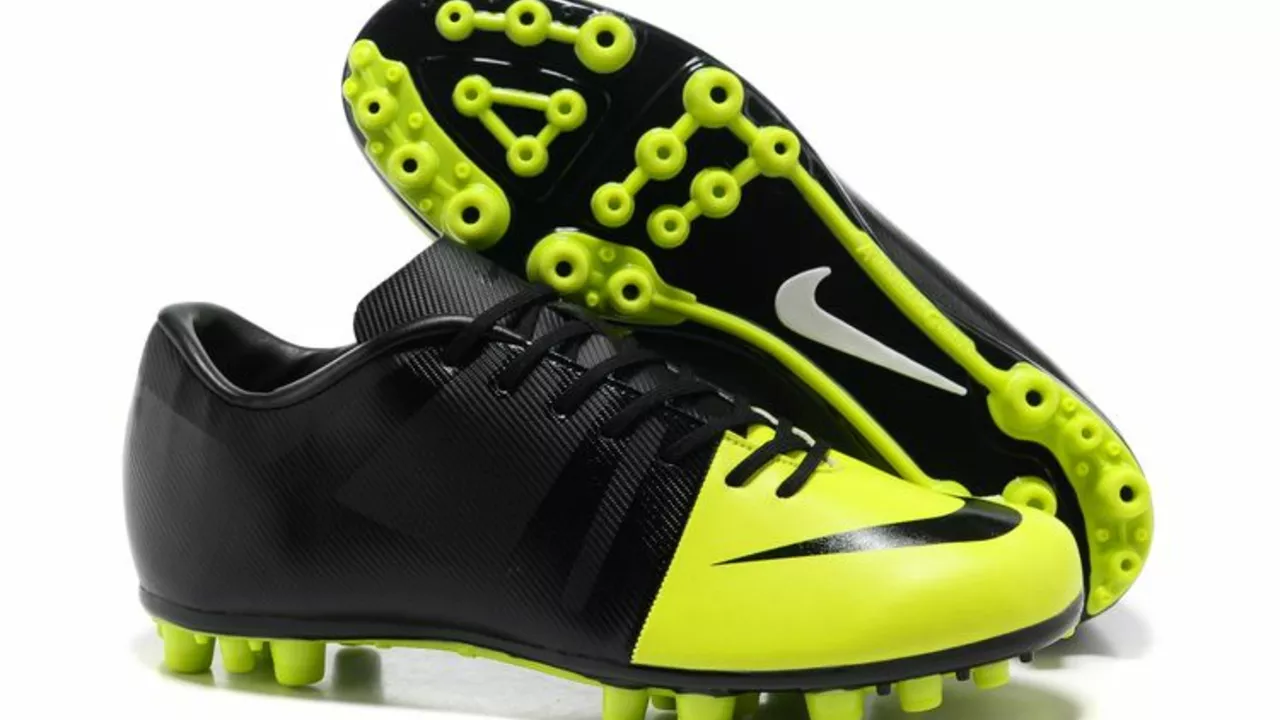Soccer Footwear Modification: Simple Hacks to Up Your Game
Ever felt your cleats were holding you back? Maybe they’re too loose, the studs aren’t gripping right, or the ankle support feels off. The good news is you don’t need a new pair every season. With a few easy tweaks you can make your current shoes fit tighter, feel faster, and last longer. Let’s walk through the most useful changes you can do at home or in a local shop.
Why Modify Your Shoes?
First off, a good fit matters more than brand name. When your boot hugs your foot, you get quicker direction changes and less blisters. Second, the right stud set can turn a slippery wet field into a solid platform for bursts of speed. Finally, a little comfort upgrade—like a gel insert or ankle strap—keeps fatigue low, especially in long matches or training sessions. All these benefits come from cheap, low‑risk modifications.
Easy DIY Modifications
1. Lacing Patterns. Switch from the standard criss‑cross to a “heel lock” or “runner’s loop.” This simple change locks the heel in place, cutting foot‑slip and improving stability on sprints.
2. Add Heel Inserts. Grab a thin gel pad or a custom‑cut orthotic. Place it under the heel cup to fill gaps and give extra cushioning. It’s especially handy if you have a high‑arc foot.
3. Trim or Replace Studs. If the studs feel too aggressive on hard ground, carefully file them down with a metal file. For softer pitches, swap the long metal studs for shorter, rubber ones that bite without digging too deep.
4. Grip Tape. Buy a roll of sports grip tape and cut small strips to line the inside of the toe box. This reduces sliding when you push off and adds extra control during quick cuts.
5. Heat‑Mold the Upper. Many modern soccer boots are made from thermoplastic material. Use a hair dryer to warm the upper for 30 seconds, then wear the boots with thick socks and walk around. The material will shape to your foot’s contours, giving a custom‑fit feel.
6. Waterproofing Spray. A light coat of water‑repellent spray keeps the leather or synthetic uppers from soaking up mud, which can add unwanted weight and cause the shoe to stretch.
These tweaks don’t require a professional, but if you’re unsure about stud replacement or want a perfect custom fit, a local sports shop can handle it quickly and affordably.
Remember, the goal isn’t to turn your boots into a Frankenstein creation—it’s to make them work better for you. Test each change during a training session before using them in a match. If something feels off, revert it or try a different adjustment.
By spending a bit of time on these modifications, you’ll notice sharper cuts, steadier balance, and fewer foot aches. That extra comfort can be the difference between a good performance and a great one. So next time you lace up, think about what small change could give you the edge, and give it a try.

How do I stretch a pair of soccer football cleated shoes?
Alright, my fellow football fanatics, we've all been there - those brand new, shiny soccer cleats that feel like they've been designed for a gnome's feet, right? Well, have no fear because your very own shoe-stretching guru is here to help! First off, we can trick those shoes into expanding by wearing them around the house with a pair of thick socks - it's like giving them a workout. If that's not enough, you can fill a bag with water, stuff it in the shoe, and then pop it in the freezer so the shoe expands as the water turns into ice (seriously, it's science). And if all else fails, you could always take them to a professional cobbler - yes, they still exist! So, give these tips a whirl and turn that hobbit-foot nightmare into a Cinderella dream fit!
Continue Reading
